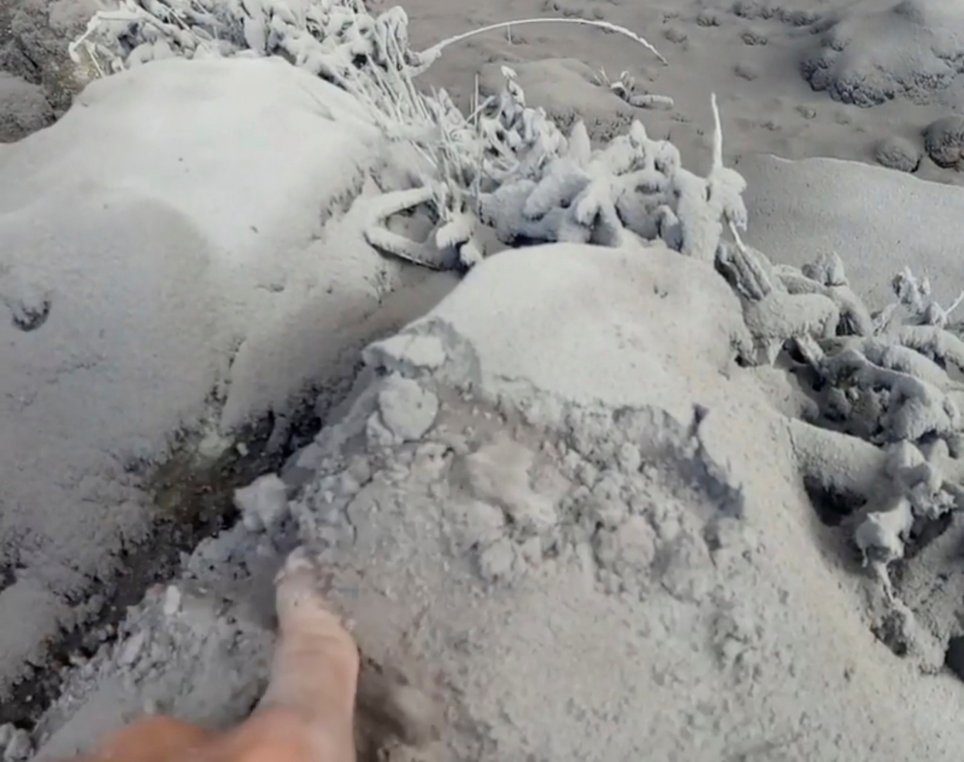
© ReutersScene after Mount Agung started erupting in Bali
A plume of ash and smoke was sent about 2,000 meters above the crater, though the Distaster Mitigation Agency said ash particles have drifted up to 7,600 metres from the mountain.
Around 40,000 people were placed in temporary shelters after the volcano, which last erupted in 1963, swelled with molten lava.
The
alert level on Mount Agung remains at maximum, but the airport has reopened after a change in wind direction blew towering columns of ash and smoke away from the airport.
Thousands of people have finally been able to leave Bali following a
three-day airport shutdown due to a rumbling volcano.
The move was welcomed by some of the 120,000 tourists stranded after the surge in volcanic activity grounded hundreds of flights, sparking travel chaos and forcing the evacuation of villagers living in its shadow.
Ash is extremely dangerous for planes as it makes runways slippery and can be sucked into their engines.
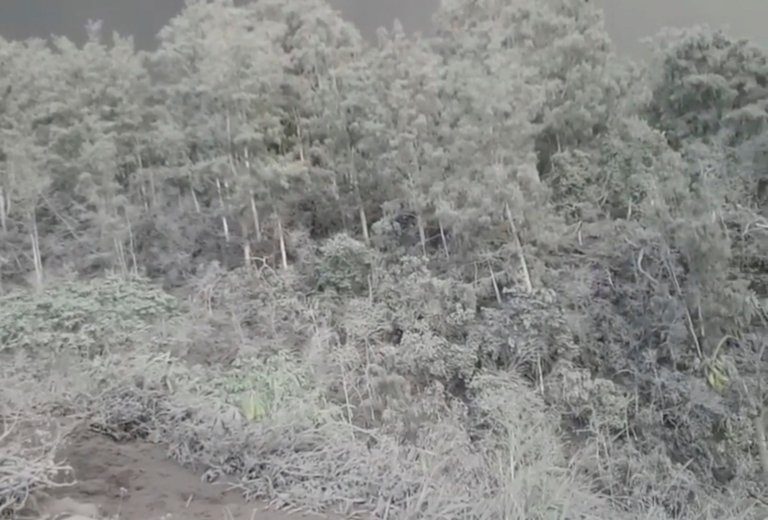
© ReutersA blanket of ash covers all in sight after Mount Agung started rumbling
'Since the airport reopened yesterday, some flights have resumed operation and things are gradually getting back to normal,' said airport spokesman Israwadi.
More than 4,500 people have now flown out of Bali's main airport, authorities said, with around 3,200 of them on international flights.
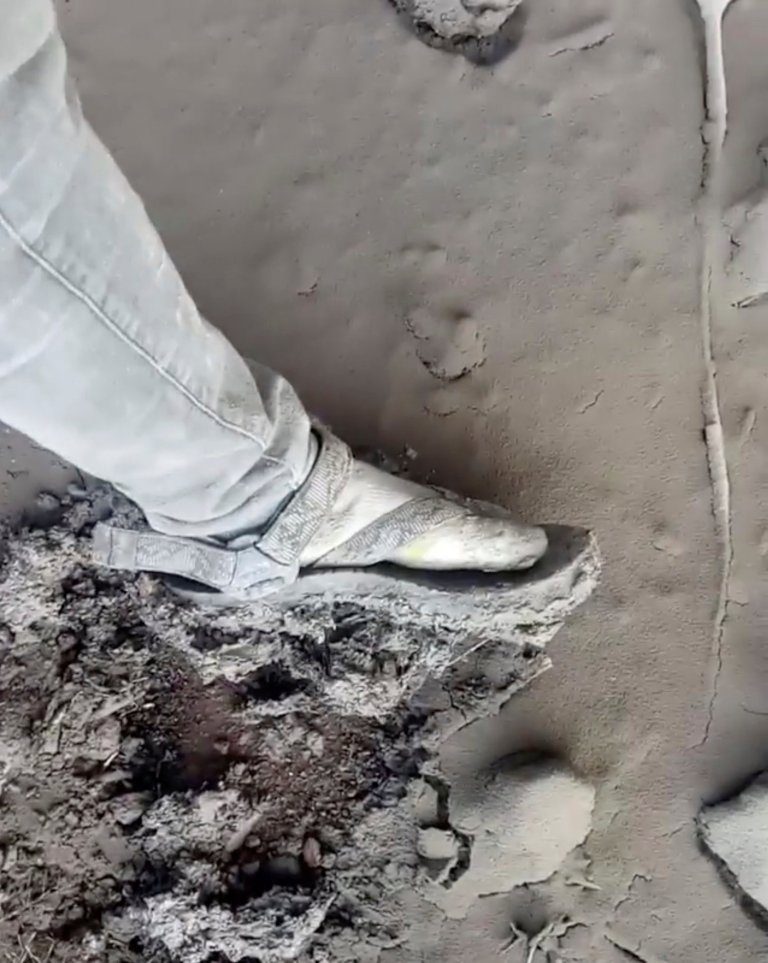
© ReutersThousands were evacuated in case of a major eruption
On Wednesday evening, domestic carrier Garuda said it would start flights to several cities across the vast archipelago nation, while AirAsia flew to the Malaysian capital Kuala Lumpur.
However, the airport on nearby Lombok island - also a popular tourist destination - closed again Thursday after ash and smoke drifted in its direction.
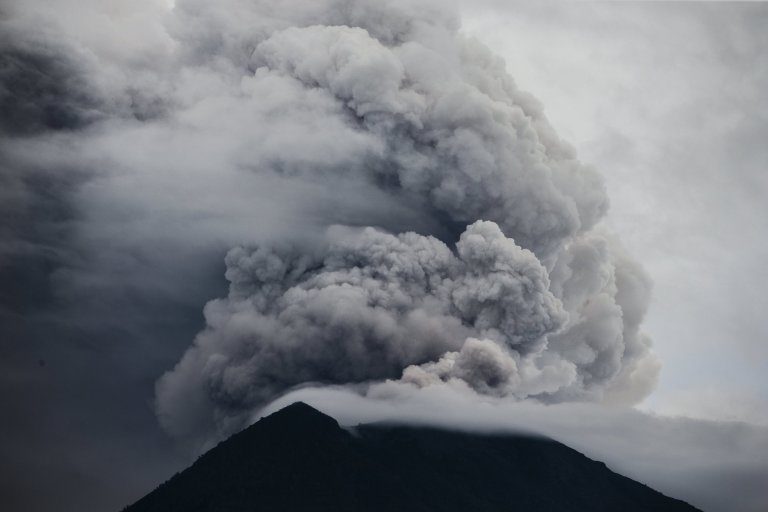
© EPAMount Agung volcano spewing hot volcanic ash as it is seen from Datah in Karangasem, Bali
The
shifting wind direction was being caused by cyclone Cempaka which is battering Indonesia's main Java island - west of Bali - and has left at least 19 people dead in severe flooding and landslides.
Tens of thousands of Balinese have already fled their homes around the volcano, but as many as 100,000 will likely be forced to leave in case of a full eruption, disaster agency officials have said.
Experts said Agung's recent activity matches the build-up to the earlier disaster, which ejected enough debris - about a billion tonnes - to lower global average temperatures by around 0.3 degrees Celsius for roughly a year.
While the volcano appeared to be belching less ash and smoke on Thursday, experts urged caution and have warned a major eruption - could happen at any moment. It has already experienced a series of mini eruptions.
'The potential for an eruption is still there, but we cannot predict how big the eruption is going to be,' said Devy Kamil, a senior volcanologist from the Indonesian volcanology agency.
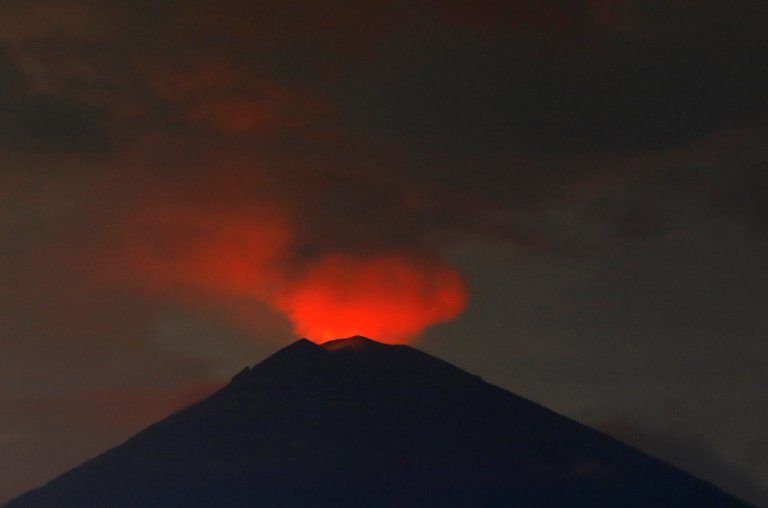
© ReutersLava inside the crater of Mount Agung volcano reflects off ash and clouds, while it erupts, as seen from Amed in Bali





Comment: See also:
Mysterious night flashes seen near erupting Mt. Agung in Indonesia
Mount Agung eruption: Indonesian authorities expand evacuation zone, close airport